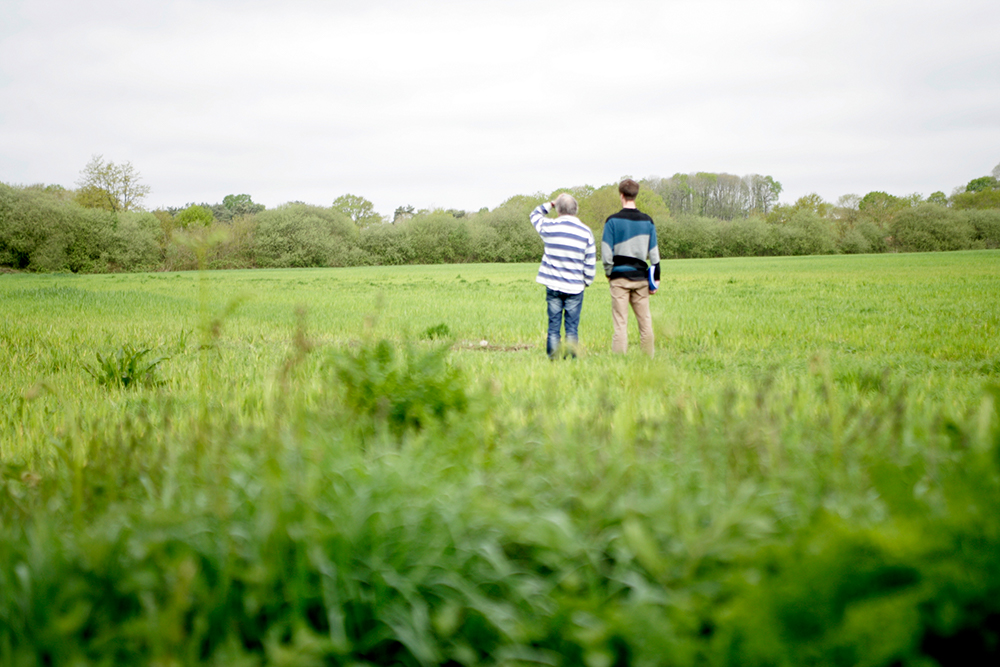 Scientific experts from CNRS and INRA, , and the GBO, field expert, have joined forces to carry out the Lac au Duc case study on Phosphorus fluxes. On Tuesday, April 24, Gérard Gruau (CNRS) and Rémi Dupas (INRA) were accompanied by Sophie Moisan (GBO) to explore the catchment area of Yvel, looking for plots with various contexts and that can be sampled.
Scientific experts from CNRS and INRA, , and the GBO, field expert, have joined forces to carry out the Lac au Duc case study on Phosphorus fluxes. On Tuesday, April 24, Gérard Gruau (CNRS) and Rémi Dupas (INRA) were accompanied by Sophie Moisan (GBO) to explore the catchment area of Yvel, looking for plots with various contexts and that can be sampled.
The objective of this day was to select wetlands on which to take soil samples to determine phosphorus levels, the forms of Phosphorus, the capacity of the soil to release Phosphorus to nearby streams, etc. .. The visit focused on a dozen sites with different contexts from the point of view of agricultural practices, vegetation cover, upstream development (presence of slopes), and morphology (narrow wetlands with reclaimedslopes, larger wetlands with gently sloping slopes).
With this identification, the elements are in place to prepare sampling campaigns of representative wetlands of the Yvel-Hyvet catchment in order to determine the phosphorus saturation levels of these soils and the risks of possible leakage of Phosphorus towards the streams, and finally towards the lake. In the long term, scientists will be able to build Phosphorus leak risk indicators to quantify these risks, and to take action where the risk is high.


